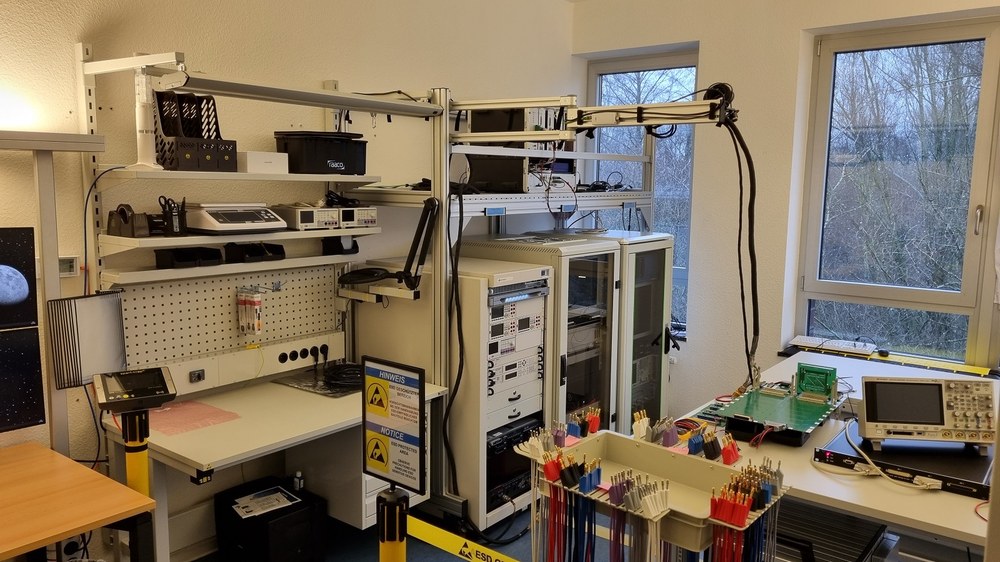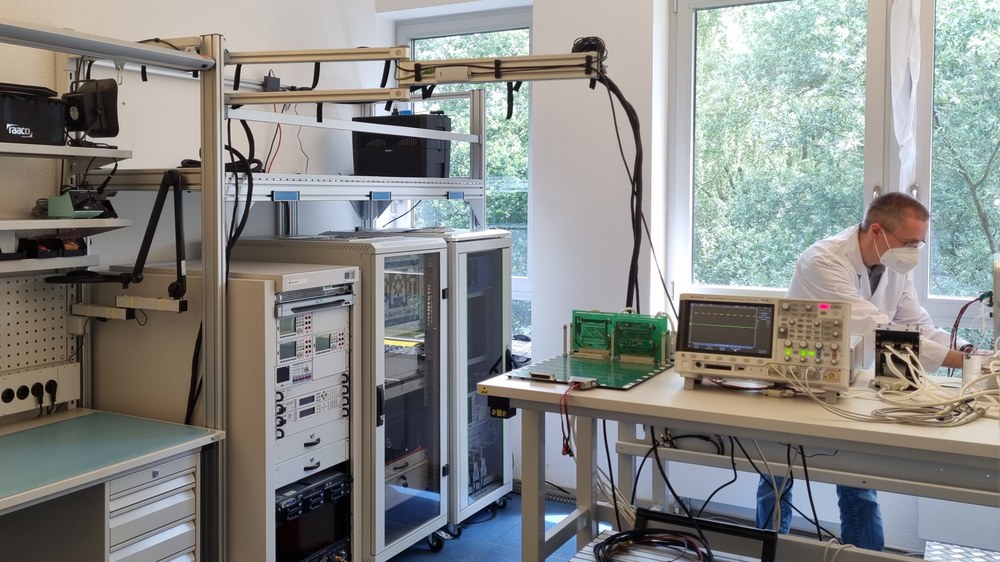CAT - Core Avionics Testbed Laboratory


The Core Avionics Testbed (CAT) laboratory provides the environment for functional verification of space vehicles at system and subsystem level. The focus is on core avionics, which consists of the electrical power system, the data handling system and the communication system.
However, testing activities are not limited to this alone. The components can be verified independently or embedded in a successively completed overall system. System components that are not yet available can be emulated by the test environment. This makes it possible to test devices in an almost functionally complete system environment at an early stage of development. As a result, time-consuming troubleshooting activities in late project phases can be avoided and thus the time pressure in the overall system Assembly Integration and Verification (AIV) phase can be reduced. In addition, agile approaches can be better implemented in a project because strong deviations in design depth, which often occur with deviations from the classic waterfall approach, are already part of the concept in the Core Avionics Testbed.
In addition to verification and testing services for space projects, research activities in the field of process optimization also take place in the Core Avionics Testbed. The focus is on the continuous improvement of functional verification processes and the expansion of test-related capabilities. To achieve this, functional verification is not considered as a stand-alone but as an integral part of the design process. The design strategy already sets the course for efficient and comprehensive functional verification and thus also for the success of the project. In particular, digitally processable design information, as it arises from all design approaches that are summarized as Model Based System Engineering (MBSE), lay the foundation for elementary automation and intelligent assistance systems. They support the complex tasks of test engineers in all aspects of their work, which ranges from the derivation of test cases and test specifications, to the configuration of a test setup, the monitoring of test runs, the analysis of test results and reporting, to the error analysis of unsuccessful test cases. This not only reduces risks and costs, but also significantly reduces the development times of spacecraft.
